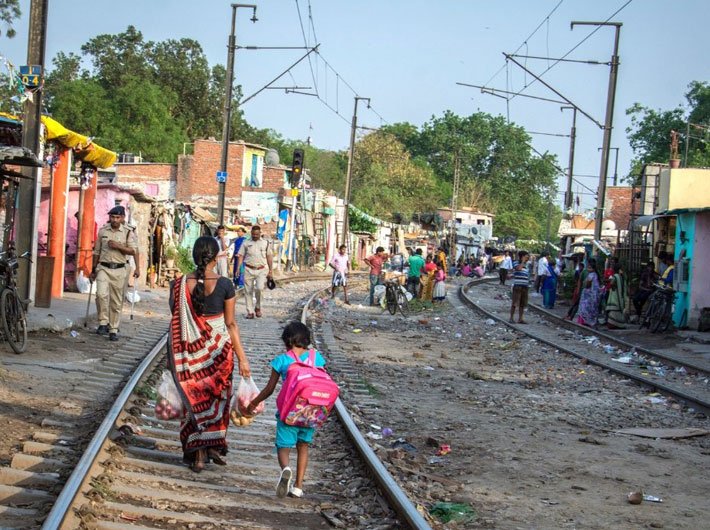Indian billionaires saw their incomes surge by Rs 2,200 crore a day in 2018, and the wealthiest got wealthier as the top 1 percent of the country’s richest increased their fortune by 39 percent – but the bottom half managed to climb the ladder by a mere 3 percent, a report by Oxfam reveals.
Also, 13.6 crore Indians – the poorest 10 percent of the country – continued to remain in debt since 2004, shows the annual report, released on Monday, by Oxfam, a nonprofit organisation focusing on the alleviation of global poverty.
“The size of your bank account should not dictate how many years your children spend in school, or how long you live – yet this is the reality in too many countries across the globe,”said Winnie Byanyima, Executive Director of Oxfam International.
The rise in inequality in India is worrisome; the Ambanis and the Birlas are earning equal to poorer 50 percent of the population. This obscene rate of inequality, which has been increasing for the last three decades, could lead to a “major collapse” in the social and economic structure of India. The rise in inequality began in the early 1990s, which coincided with the introduction of economic reforms in 1991. Consumption expenditure accelerated then, the top deciles in urban as well as rural areas saw a faster rate of growth but the bottom halves remained stagnant.
The case was different in the 1980s when the lowest deciles saw a greater increase in rural areas. Steep gaps between the groups occurred between 1994 and 2012 when the top 20 percent of the urban area saw an increase in consumption expenditure by 98 percent.
The report predicts that between 2018 and 2022, India is estimated to produce 70 new dollar millionaires every day. The country added 18 new billionaires in 2018, raising the total number of billionaires to 119, while their wealth crossed the Rs 28 lakh crore mark for the first time.
This only goes to show how the government is contributing to inequality by underfunding to sectors like healthcare and education and leaving the rich in glory by not charging enough tax and failing to nick those dodging it. Healthcare and education in India have been of prime concern and possibly the main factors when one thinks of a developed/developing nation – the lack of adequate attention shows in the current pace of development in India. The Oxfam report highlights that the total amount contributed to public health, sanitation, and water supply by the state and central government combined stood at Rs 2,08,166 crore in 2018. India’s richest man and number 19 on Forbes billionaire list, Mukesh Ambani’s wealth is more than that – at Rs 2.8 lakh crore.
India’s tax rates are lower compared to other nations. In the 2017-18 budget, those with an annual taxable income of more than Rs 1 crore paid an effective tax rate of approximately 35 percent. Trends in tax on personal income for the super-rich point to the fact that the government has not only sanctioned them to accumulate wealth but also exacerbated the fiscal situation by increasing exemptions, subsidising the wealthy and through various tax giveaways. Moreover, scores of millionaires fleeing the country to avoid scrutiny and tax liability are only adding to the challenge. A March 2018 Morgan Stanley’s report revealed that 7,000 millionaires left India in 2017. In all, over 23,000 have left over the last four years. In November 2017, India had about 2,45,000 millionaires, according to Credit Suisse.
To reduce the gap between the wealthy and the poor it is important to focus on public services and the way in which pensions and other welfare payments systematised. India has made progress – there are now 271 million fewer poor people in India, according to estimates from the 2018 global Multidimensional Poverty Index (MPI) released by the United Nations Development Programme (UNDP) and the Oxford Poverty and Human Development Initiative (OPHI). Also, death of children under-5 declined from 22 percent in 2012 to 18 percent in 2017 according to a UN report. However, there is still a huge way to go, and progress has been unequal.
Finally, the increasing disparity among public sector and private sector services is a cause of concern, particularly with the current growth rate of the economy. The ever-increasing national income and the rise in inequality call to question the nature of economic growth and its effects on how income is distributed.



